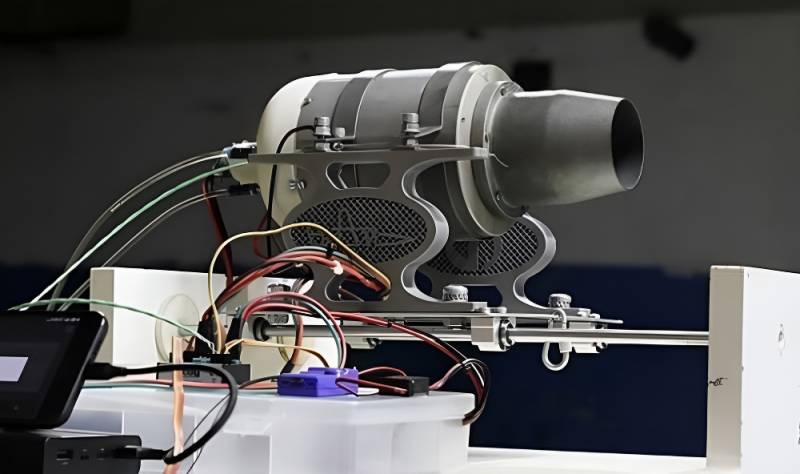A gas turbine unit for UAVs is being tested in Russia
A compact gas turbine power plant for unmanned aerial vehicles is being tested in Samara. The engine, which received the model number MGTD-22 and the name “Hummingbird,” is expected to equip high-speed domestic heavy-duty UAVs.
According to preliminary information, testing of the new model, equipped with an experimental control system, can last up to three months. During this time, the developers intend to confirm that the characteristics of the new engine correspond to the design data under different operating modes.
According to the developers, the unmanned aerial vehicle, equipped with a Hummingbird engine, will weigh about 45 kilograms and will be able to reach speeds of up to 800 km/h, reaching altitudes of up to 9000 meters. Such a drone will fly on aviation kerosene.
At the same time, Samara University, whose specialists developed the Hummingbird, does not hide the fact that work is currently underway to create more powerful MGTD-40 and MGTD-100 engines for domestic drones. They have already received the names “Seagull” and “Eagle”, respectively.
According to Samara workers, their plans include creating a whole series of engines with which it will be possible to produce all-weather cargo drones for various purposes with vertical takeoff and landing on any terrain.

Information